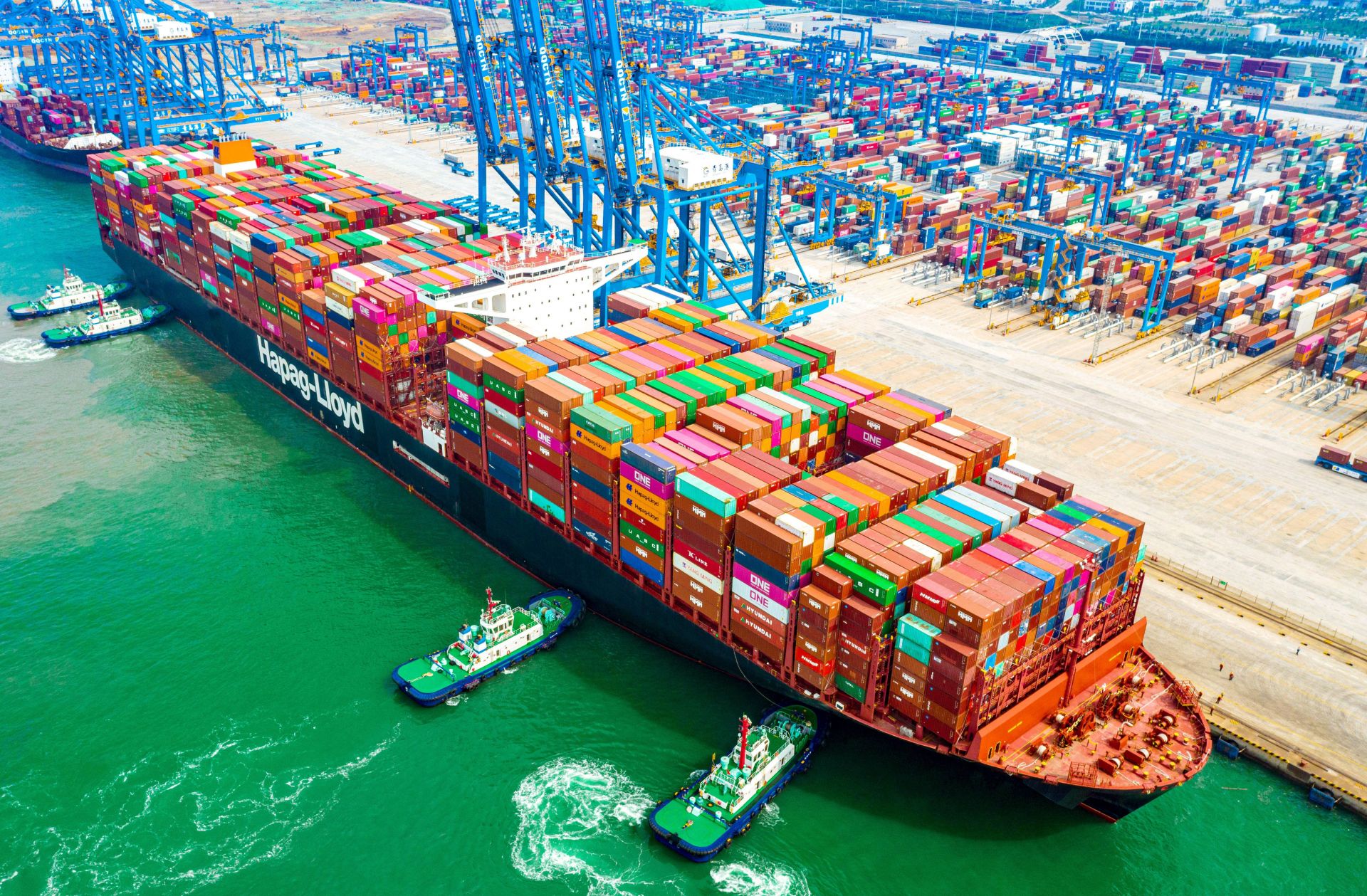Arranging multi-modal transport to South Africa is a strategic approach that combines various shipping methods to optimize efficiency, reduce costs, and enhance flexibility in the supply chain. Whether you’re an importer, exporter, or logistics manager, understanding how to arrange multi-modal transport to South Africa can significantly improve your freight operations. This guide provides step-by-step instructions and practical tips to help you navigate the process successfully.
1. Evaluate Your Cargo and Requirements
Analyze Cargo Characteristics
Assess the nature of your goods, including their size, weight, fragility, and temperature sensitivity. Bulky and heavy items, like machinery, might benefit from sea freight for the long-haul part of the journey. Delicate or time-sensitive products, such as electronics or fresh produce, may require more careful handling and faster transit options.
Determine Delivery Deadlines
Consider the urgency of your shipment. If you have tight deadlines, you may need to incorporate air freight into your multi-modal plan. For less time-sensitive cargo, a combination of sea and rail or road transport can be more cost-effective.
2. Research Available Transport Modes
Sea Freight
Sea freight is a common choice for transporting large volumes of goods to South Africa. Major ports like Durban, Cape Town, and Port Elizabeth offer extensive connections. It’s suitable for non-urgent shipments and can handle a wide variety of cargo types. However, transit times are longer compared to air freight.
Air Freight
Air freight provides the fastest transit times, ideal for high-value, perishable, or time-critical items. Airports like OR Tambo International Airport in Johannesburg facilitate quick imports and exports. Though more expensive, it ensures timely delivery.
Rail and Road Transport
Inland rail and road networks in South Africa play a crucial role in multi-modal transport. Rail is efficient for transporting goods over long distances within the country, while road transport offers flexibility for last-mile delivery and connecting to ports or airports.
3. Select the Right Freight Forwarder or Logistics Provider
Look for Experience and Expertise
Choose a freight forwarder with a proven track record in arranging multi-modal transport to South Africa. They should have in-depth knowledge of local regulations, routes, and the capabilities of different carriers. A reliable provider, similar to those recommended by industry leaders like China Top Freight, can offer valuable insights and seamless coordination.
Evaluate Service Offerings
Check the range of services offered, including freight consolidation, customs clearance, documentation handling, and tracking. A comprehensive service provider can simplify the entire process and ensure all aspects of your multi-modal transport are managed efficiently.
4. Plan the Transport Route
Optimize the Sequence of Modes
Determine the most efficient sequence of transport modes based on your cargo and requirements. For example, you might start with sea freight from China to a South African port, then transfer the goods to rail for inland transport, and finally use road transport for delivery to the final destination.
Consider Transit Hubs
Identify strategic transit hubs that can facilitate smooth transfers between different modes of transport. Well-connected ports and logistics centers can reduce handling times and minimize the risk of delays or damage to your cargo.
5. Manage Documentation and Customs Procedures
Ensure Accurate Documentation
Prepare all necessary documents, such as bills of lading, commercial invoices, packing lists, and certificates of origin. Each mode of transport may have specific documentation requirements, and accurate paperwork is essential for customs clearance in South Africa.
Navigate Customs Regulations
Familiarize yourself with South African customs regulations and requirements. Work with your freight forwarder to ensure compliance, pay applicable duties and taxes, and handle any customs inspections or inquiries promptly.
6. Monitor and Manage the Shipment
Implement Tracking Systems
Use tracking tools provided by your logistics provider to monitor the progress of your multi-modal shipment. Real-time tracking allows you to stay informed about the location of your goods and address any potential issues immediately.
Be Prepared for Delays
Anticipate that delays may occur during multi-modal transport due to various factors, such as weather conditions, port congestion, or mechanical issues. Have contingency plans in place, such as alternative routes or additional storage options, to minimize the impact on your delivery schedule.
In conclusion, learning how to arrange multi-modal transport to South Africa requires careful planning, research, and collaboration with reliable partners. By following these steps and leveraging the right transport modes and service providers, you can create an efficient and cost-effective shipping solution that meets your business needs. Whether you’re new to multi-modal transport or looking to optimize your existing processes, this guide will help you navigate the complexities and achieve successful freight operations to South Africa.Utilize China Top Freight to help solve the problems you are facing. Contact us today to embark on your smooth transportation journey!


